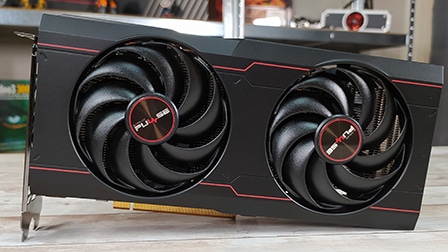Sapphire Pulse RX 6600 XT vs MSI RX 6600 XT Gaming X: AMD RDNA 2 per il Full HD
After reviewing MSI’s Radeon RX 6600 XT Gaming X, in this article we take a look at the Sapphire Pulse RX 6600 XT. Of the two customizations, that of Sapphire has a lower positioning, but this does not mean that the card behaves very differently from the other 6600 XTs on the market.
The Pulse is the basic customization of the Hong Kong house and it comes with a dual fan heatsink with a less elaborate cooling system than that of MSI: even the clock frequencies are lower, in fact we have a Game Clock of 2382 MHz and a Boost Clock of 2593 MHz, slightly lower than the 2428/2607 MHz of MSI’s Gaming X.
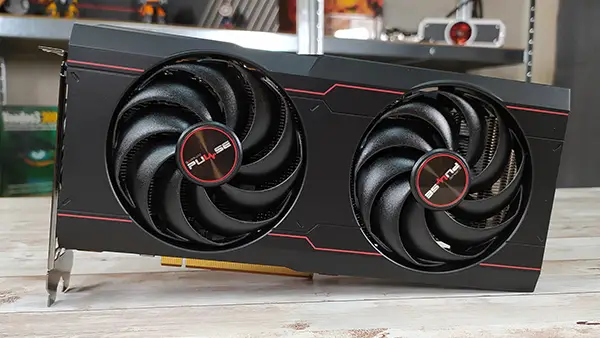
The Sapphire Pulse RX 6600 XT OC card is more compact and less heavy of the MSI RX 6600 XT Gaming X, we have indeed a length of 240 mm, a width of 120 mm and a thickness of 45 mm compared to 277 x 130 x 51 mm of the MSI proposal. Otherwise it also boasts an 8-pin PCIe connector and a back with three DisplayPort 1.4 and one HDMI 2.1.
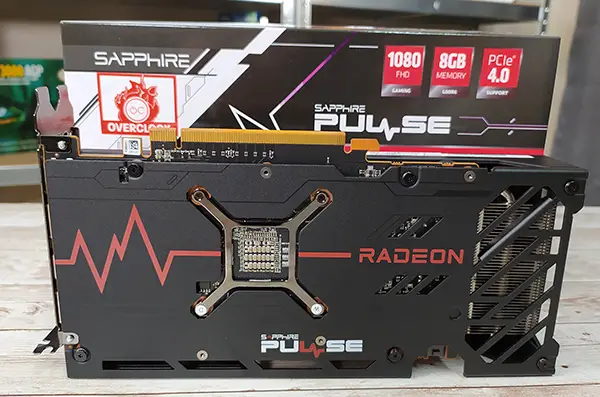
The Dual-X cooling system is based on two double ball bearing fans that Sapphire defines as hybrid, i.e. capable of combine the advantages of axial and blower fans: basically direct a part of the fresh air along the radiator and a part towards the PCB, with the dual aim of guaranteeing low noise and high air pressure.
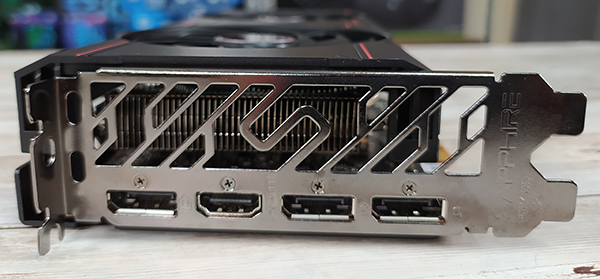
The aluminum radiator is crossed by two heatpipes and in the back of the board we find a metal backplate which in addition to giving rigidity to the PCB also aims to improve cooling. Unlike MSI’s proposal, the rear has the rear of the GPU exposed.
In this article we focus on Sapphire’s customization and compare it to MSI’s but, before getting into the test, let’s recap what kind of card the Radeon RX 6600 XT is.
| MSI RX 6600 XT Gaming X | Sapphire Pulse RX 6600 XT OC | |
| Architecture | RDNA 2 | RDNA 2 |
| Productive process | 7 nanometers | 7 nanometers |
| Number of transistors | 11.1 billion | 11.1 billion |
| Die size | 237 mm2 | 237 mm2 |
| Compute Unit | 32 | 32 |
| Stream processor | 2048 | 2048 |
| Ray Accelerator | 32 | 32 |
| Texture unit | 128 | 128 |
| ROPs | 64 | 64 |
| Game Clock | up to 2428 MHz | up to 2382 MHz |
| Boost Clock | up to 2607 MHz | up to 2593 MHz |
| AMD Infinity Cache | 32 MB | 32 MB |
| GDDR6 memory | 8 GB a 16 Gbps | 8 GB a 16 Gbps |
| Memory bus | 128 bit | 128 bit |
| Bandwidth memoria | fino a 256 GB/s | fino a 256 GB/s |
| TBP | 170W | 160W |
6600 XT, born for high performance Full HD
AMD’s new video card aims to deliver excellent performance in Full HD (1080p), but depending on the game it can run different games at 1440p in high details, and that’s not counting the titles – constantly increasing – with support for the FidelityFX Super Resolution upscaling algorithm.
Being a product based on RDNA 2 architecture, it retains all the features and characteristics typical of this project, for which the Radeon RX 6600 XT supports DirectX 12 Ultimate, Vulkan APIs and technologies such as Smart Access Memory (Resizable BAR), Variable Rate Shading, ray tracing, FidelityFX Super Resolution (FSR), Radeon Anti-Lag and Radeon Boost.
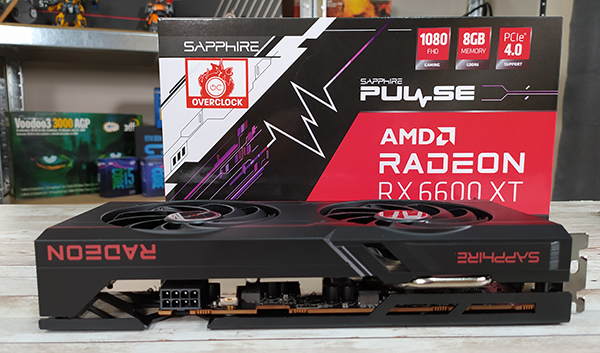
On board the Radeon RX 6600 XT we find a 7 nanometer GPU with 11.1 billion transistors called Navi 23. The GPU occupies an area of 237 square millimeters and is produced by Taiwanese TSMC with the 7 nanometer process, a constant of AMD GPU of recent years.
Navi 23, aboard this card, counts 32 Compute Unit, which translates into as many Ray Accelerators to speed up the calculations related to ray tracing and a total of 2048 stream processor. Also present 64 ROPs.
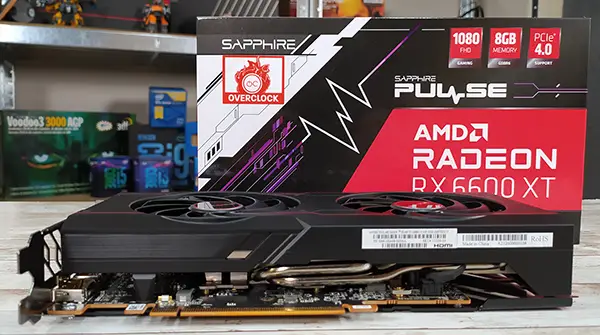
Like the other RDNA 2 architecture-based AMD GPUs in the Radeon RX 6000 series, this project also figures an Infinity Cache, in the case of this GPU equal to 32 MB, that is a very large cache compared to the classic canons of the graphic sector and which serves to keep more information close to the calculation units to speed up the process.
GPU is connected to 8 GB of GDDR6 memory at 16 Gbps on 128-bit bus, for up to 256 GB / s bandwidth. All of these specifications lead the Radeon RX 6600 XT to deliver single precision (FP32) computing power of 10.6 TFLOPs, rising to 21.21 TFLOPs with FP16 calculations. Finally, the board’s TBP (Total Board Power) is around 160W. The starting price of the Radeon RX 6600 XT is $ 379 tax free.
Performance
The focus of this article is the performance of the Sapphire Pulse RX 6600 XT compared to the MSI RX 6600 XT Gaming X and the slight performance difference is quantified in 1-3 fps at the maximum gap. We have limited testing to traditional games (without RT or other technologies), as the behavior is not different in different scenarios. The platform used for the tests is the same one used to test MSI’s RX 6600 XT, so a motherboard with Intel Z490 chipset paired with an Intel Core i9-10900K processor and 16 GB of DDR4-4000 RAM.
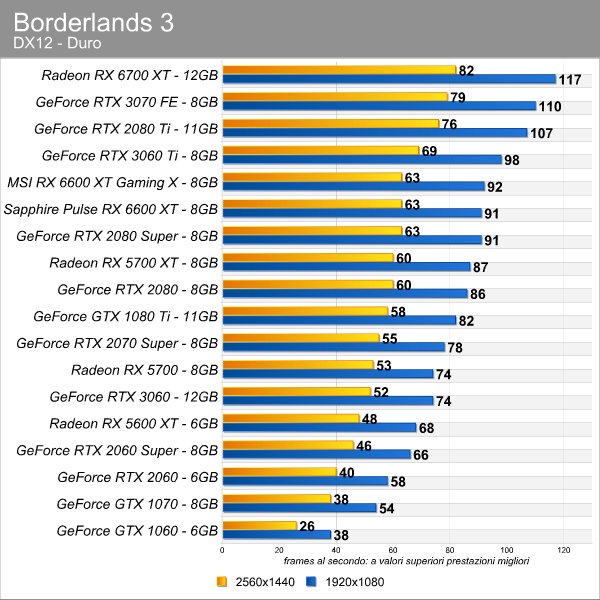
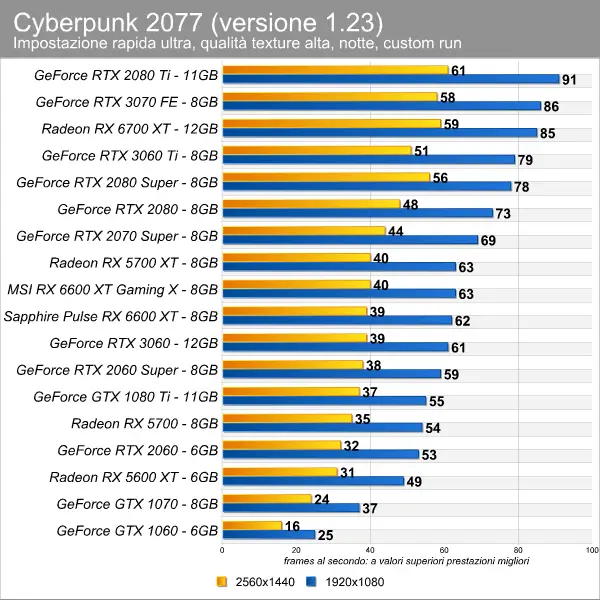
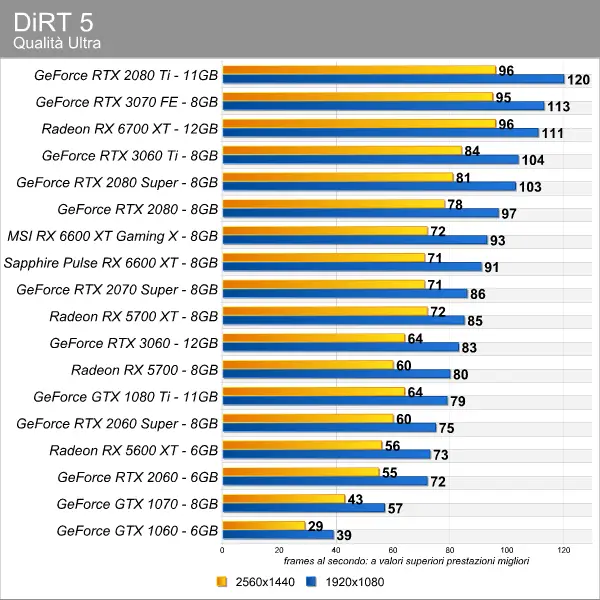
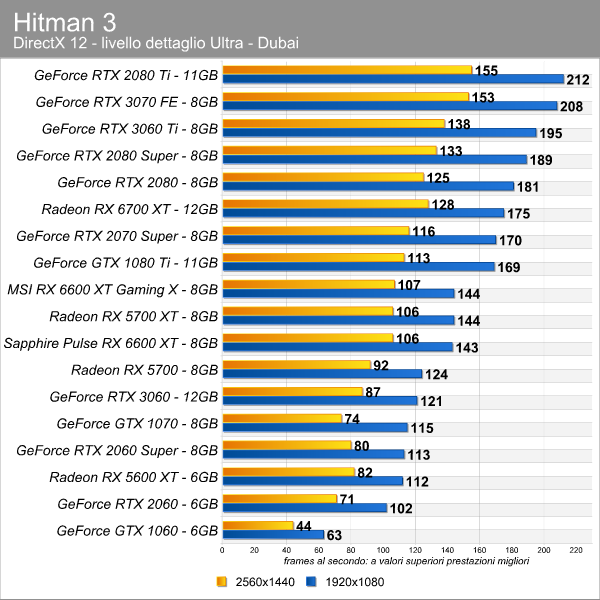
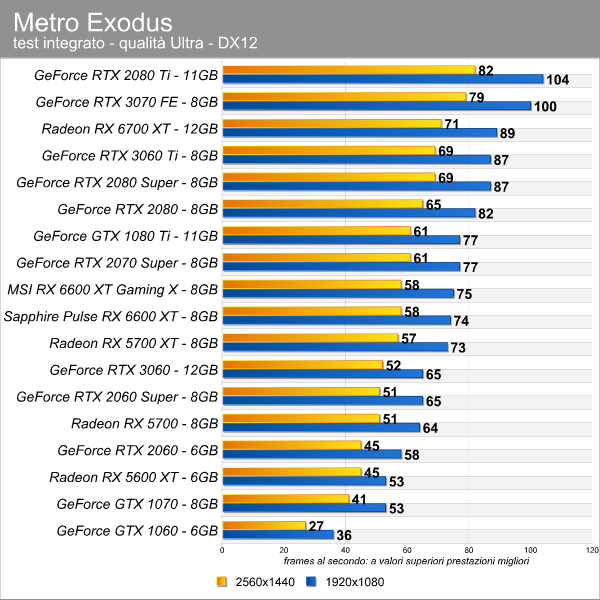
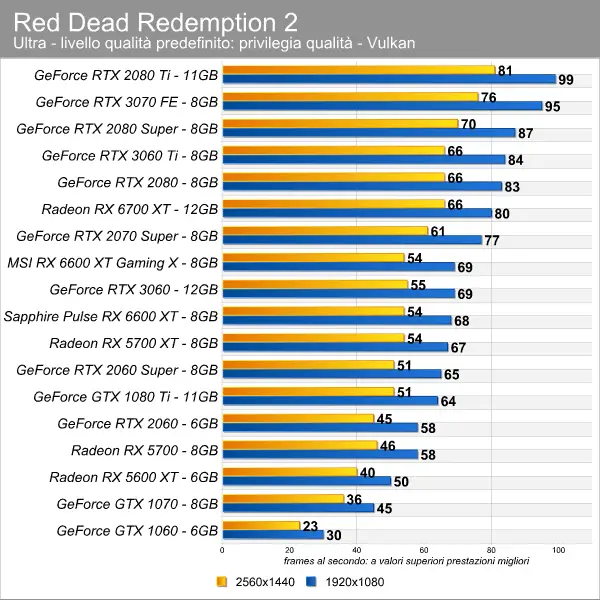
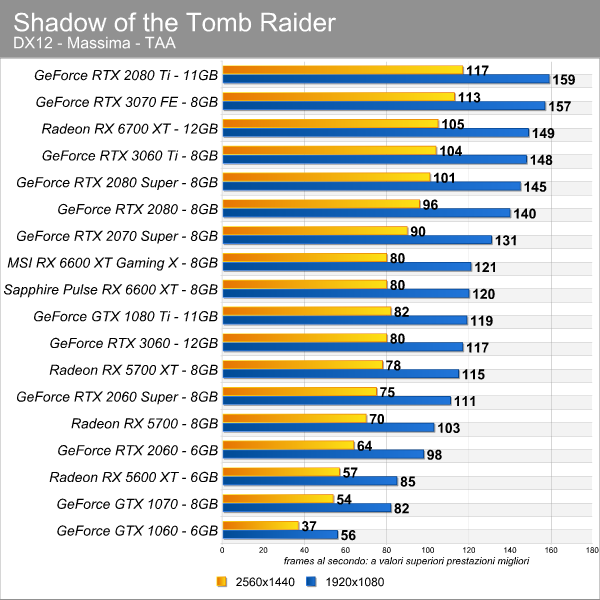
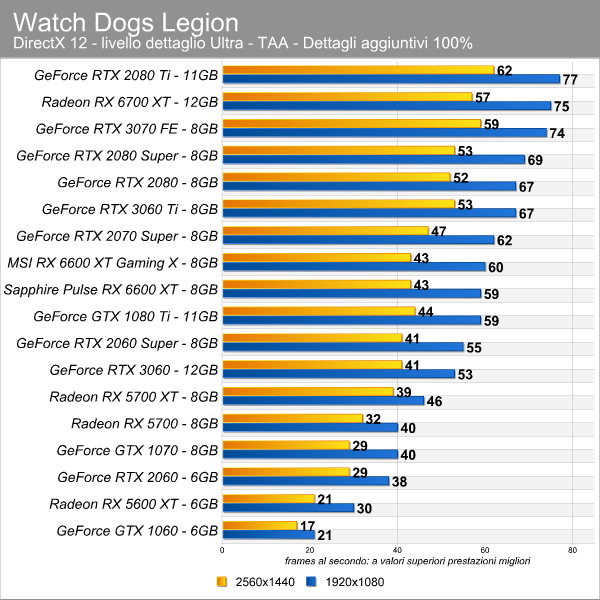
Frequencies, consumption, temperatures and noise
When testing the manufacturers’ customizations, we see the real difference in terms of cooling and operating frequencies, whose impact – if contained – is not so marked on the performance front. We said that the Sapphire Pulse RX 6600 XT has a Game Clock of 2382 MHz and a Boost Clock of 2593 MHz, lower values than the 2428/2607 MHz of MSI’s Gaming X.
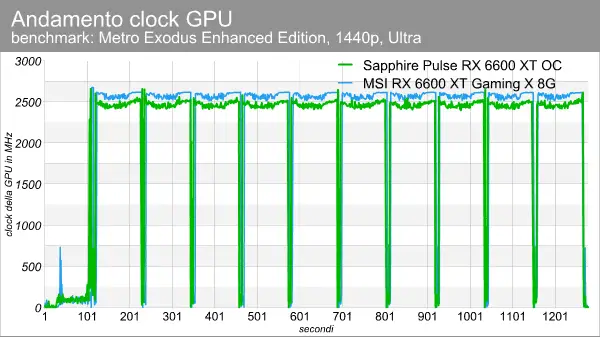
Our test with Metro Exodus Enhanced Edition shows us an actual difference between the two cards, with Sapphire’s model that settles under load at a frequency of about 100 MHz lower: isolating a section under load we record an average clock of 2470 MHz, against the 2580 MHz of the MSI proposal, which we remember being more elaborate in terms of cooling.
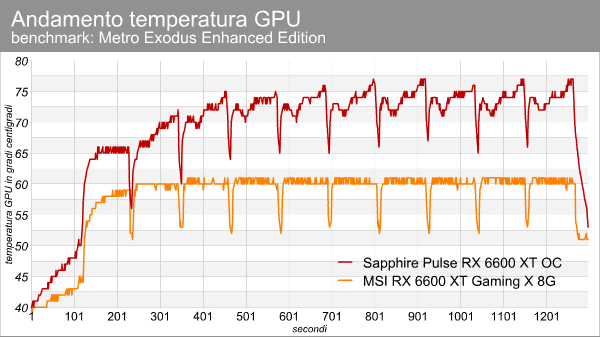
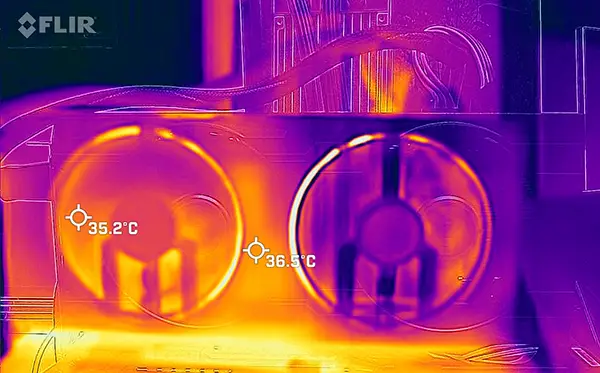
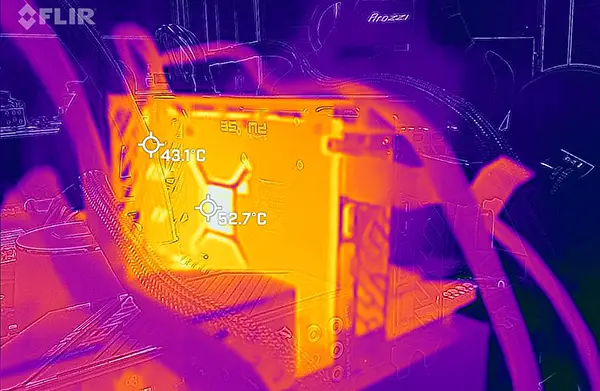
And the results are seen in terms of temperature, with the GPU reaching a ceiling of 76 ° C with a hotspot of 93 ° C: the values are normal, but they are higher than those recorded by the MSI proposal (60 – 61 ° C, with a hotspot of 83 ° C). Nothing to worry about, the GPU is able to withstand much higher temperatures.
This difference in terms of temperature is not only linked to the more bodied heatsink on MSI’s proposal, but also to Sapphire’s choice to prefer very low noise. The card fans spin at 1300 RPM and in our measurements 10 cm from the fans and an environment with noise of about 37.5 dbA was equal to about 40.5 dbA, less than what registered with MSI’s proposal (42,5 dB).
The difference, albeit minimal, can be heard even without instrumentation, but always up close and testing on a test bench. There is therefore some margin to change the profile of the fans in favor of a few degrees less without significantly impacting the noise level.
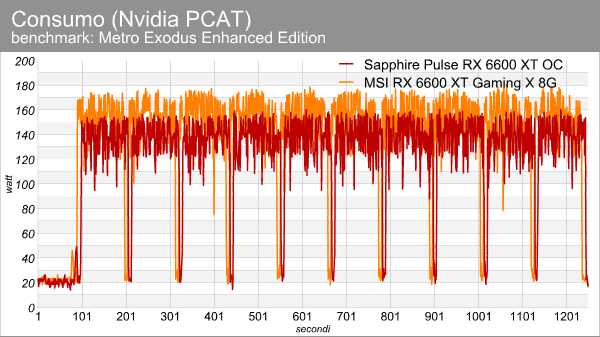
We conclude with i consumption, registered with Nvidia’s PCAT system. AMD is talking about 160 watts and in our load with Metro EE we recorded an average of about 140W under load, 15W less than MSI’s card which is more thrust.
We also tried to overclock Sapphire’s new proposal by managing to push the GPU to 2625 – 2850 MHz for the GPU (Game – Boost Clock) and bringing the memory to 2200 MHz (17.6 Gbps). The result is below the 2675 – 2900 MHz achieved by the GPU on MSI’s card, while for the memory we left 2200 MHz in both cases.
Conclusions
The Sapphire Pulse RX 6600 XT proposal is a video card that compared to MSI’s Gaming X is lower-end and therefore aims to offer the expected performance with the lowest possible noise. The solution of the Hong Kong company succeeds in its intent, tracing the performance of the MSI proposal without overdoing it. Temperatures are higher and the operating frequency is generally 100 MHz lower, but nothing that affects the final performance too much. In addition to noise, consumption is also affected in a beneficial way. Incidentally, the Pulse is also smaller in size, so if you have a particularly small case it might be an ideal solution.
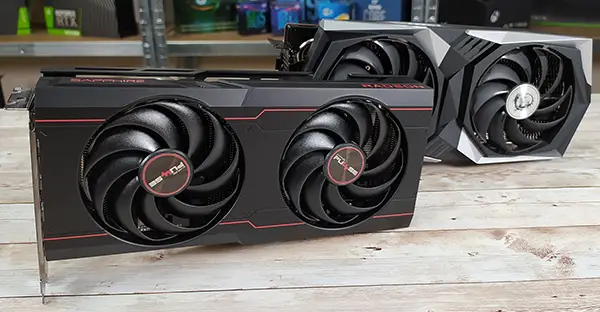
We do not know the retail price of this card and probably not even Sapphire can determine it with certainty thanks to the shortage, the price of raw materials and that of transport. We can simply repeat what has already been written for the RX 6600 XT in general, namely that the card compared to the competition appears overpriced when compared to the RTX 3060 and RTX 3060 Ti proposals from Nvidia and their respective list prices.
The Sapphire Pulse, however, appears to us as a well thought-out RX 6600 XT and that although it represents the basis of Sapphire, it is definitely convincing in terms of performance and above all the low noise level. This proposal must therefore aim to place itself closer to the base price – shortage permitting – established by AMD compared to MSI’s Gaming X proposal, nevertheless it is an excellent solution for those who want to play 1080p with high details to the latest titles on the market and to those who they will come out later.
In comparison with Nvidia, what was written in testing the MSI proposal remains: the price of $ 379 set by AMD is higher than it should, with the card having performance closer to the RTX 3060, with the additional handicap of not exciting performance with ray tracing. In short, the RX 6600 XT is a solution that completes a missing piece in AMD’s organization chart but which does not shift the market equilibrium.




